My Introduction and First Encounter
I still remember the day I stumbled upon this sourdough dessert recipe while I was rummaging through my mom’s old stack of cookbooks. It felt like a magical moment: pages peppered with flour dust, scribbled notes from long-forgotten baking experiments, and a single mention of a “sweet treat made with sourdough starter.” My curiosity piqued instantly—I’d been baking sourdough bread for years but never thought about turning that same tangy starter into a dessert.
I’ll admit, my initial attempt at this sourdough dessert recipe ended in a half-cooked, overly sour confection that no amount of frosting could salvage. But the flavor potential was unmistakable, and I was determined to make it work. After testing different sweetening agents and adjusting cooking times, I finally landed on a process that balances the slight sourness with a touch of sweetness. The recipe I’m about to share holds a special place in my heart because it blends my love for baking sourdough bread with the delightful world of desserts.
If you’ve ever wondered whether a sourdough dessert recipe is worth trying, let me assure you that the results can be fantastic. I’ve seen this treat disappear in minutes at family gatherings. People ask, “Is this actually made with sourdough starter?” The tangy sweetness is a subtle twist on classic cake or dessert bars, creating something that feels both nostalgic and new.
Now, join me as I detail how I make my favorite sourdough dessert recipe, from ingredients to finished plate. By the end, you’ll be well-prepared to whip up an indulgent twist on a beloved baking tradition. Before we proceed, just a friendly note that I’m not a medical professional, so if you have specific dietary considerations, it’s wise to consult an expert.
Ingredients and Basic Equipment
Below is a list of everything you’ll need. I’ve gone through my share of trial and error, so I’ll also highlight optional substitutes I’ve tested.
Essential Equipment
– Mixing bowl (large enough to hold your batter without spilling)
– Whisk or hand mixer
– Rubber spatula
– 8×8-inch baking dish (or similar size)
– Oven mitts
– Cooling rack
Ingredients (Makes 8–10 servings)
– 1 cup of bubbly sourdough starter (the star of our sourdough dessert recipe)
– 1 cup of all-purpose flour (you can also try whole wheat flour if you prefer a denser texture)
– ½ cup granulated sugar (brown sugar works, too, for a caramel-like taste)
– 1 teaspoon baking soda
– ½ teaspoon salt
– 2 eggs, lightly beaten
– ½ cup unsalted butter, melted (coconut oil can be used for a dairy-free alternative)
– ½ teaspoon vanilla extract
– 1 teaspoon ground cinnamon (optional but adds a cozy flavor)
I personally like the sweet aroma of vanilla and cinnamon wafting through the kitchen. My grandmother often said the best ingredient in any dessert is the smell that invites everyone in.
Possible Substitutes I’ve Tried
- Gluten-Free Flour: If you swap all-purpose flour for a 1:1 gluten-free baking blend, you may notice a slightly less fluffy interior. It still tastes good, but the texture shifts.
- Health-Conscious Sweeteners: Using honey or maple syrup can add a different dimension of sweetness, though I find you might need to reduce the baking time by a couple of minutes.
- Egg Alternatives: If you follow a vegetarian or egg-free approach, you can use flaxseed meal mixed with water (commonly called a “flax egg”).

Why This Recipe Is Special to Me
I’ve been making standard sourdough bread since my college days. When a friend told me she’d used her extra starter in a chocolate cake—something I never knew I could do—I was intrigued. My first attempt felt like I was mixing two worlds: savory sourdough meets sweet dessert. I can’t help but grin recalling the moment I poured that tangy batter into the baking dish.
The best part is how the light tanginess complements a sugary flourish. You’ll notice it most when you catch that initial whiff of your dessert baking. Over time, I tried pushing the dessert into a “healthy” zone by reducing sugar. I found that if you go too low on sugar, the sourness can become overpowering, so keep that in mind.
Step-by-Step Instructions
Below is my go-to process. Feel free to customize the flavors. This sourdough dessert recipe is quite forgiving once you understand the balance between sweet and sour.
- Activate Your Starter (If Needed)
- Make sure your sourdough starter is active. I like to feed my starter about 4 hours before baking so it’s nice and bubbly.
- Look for bubbles or that yeasty aroma, which means it’s ready to go.
- If it’s been sitting idle for days, give it a quick feed a day in advance and let it come to room temperature.
- Combine Dry Ingredients
- In a mixing bowl, sift together the flour, baking soda, and salt.
- Stir in sugar (or your chosen sweetener).
- Set the bowl aside.

- Mix Wet Ingredients
- In a separate bowl, whisk together the eggs, melted butter, and vanilla extract.
- Add the sourdough starter, folding it gently to keep some of that airy fluff.
- Once combined, sprinkle in the cinnamon if you like that cozy twist.
- Blend Wet and Dry Mixtures
- Create a small well in the center of your dry ingredients.
- Pour the wet mixture in, mixing gently with a spatula until you have a smooth batter.
- Avoid over-mixing; a few small lumps are acceptable.

- Preheat and Prepare the Dish
- Preheat your oven to 350°F (175°C).
- Grease your baking dish or line it with parchment paper.
- Pour the batter into your dish, tapping it lightly on the counter to release any air pockets.
- Bake to Perfection
- Place the baking dish on the middle rack.
- Bake for about 25–30 minutes, or until a toothpick inserted in the center comes out with moist crumbs.
- I sometimes notice that if my starter was extra bubbly, I might need an additional 5 minutes of baking. Keep an eye on that golden-brown finish.
- Cooling and Serving
- Once fully baked, remove the dish from the oven.
- Place it on a cooling rack for about 10 minutes.
- Slice and serve warm if you prefer a softer, melt-in-your-mouth vibe. Or let it cool entirely for neater squares.

Presenting the Final Treat
When my sourdough dessert recipe is all done, I like to dust the surface with powdered sugar. Sometimes, I drizzle a simple glaze (just powdered sugar with a splash of milk) over the entire top. The tanginess of the sourdough plays really well with a light sugary finish. You can serve these slices with fresh fruit, whipped cream, or a dollop of vanilla ice cream.
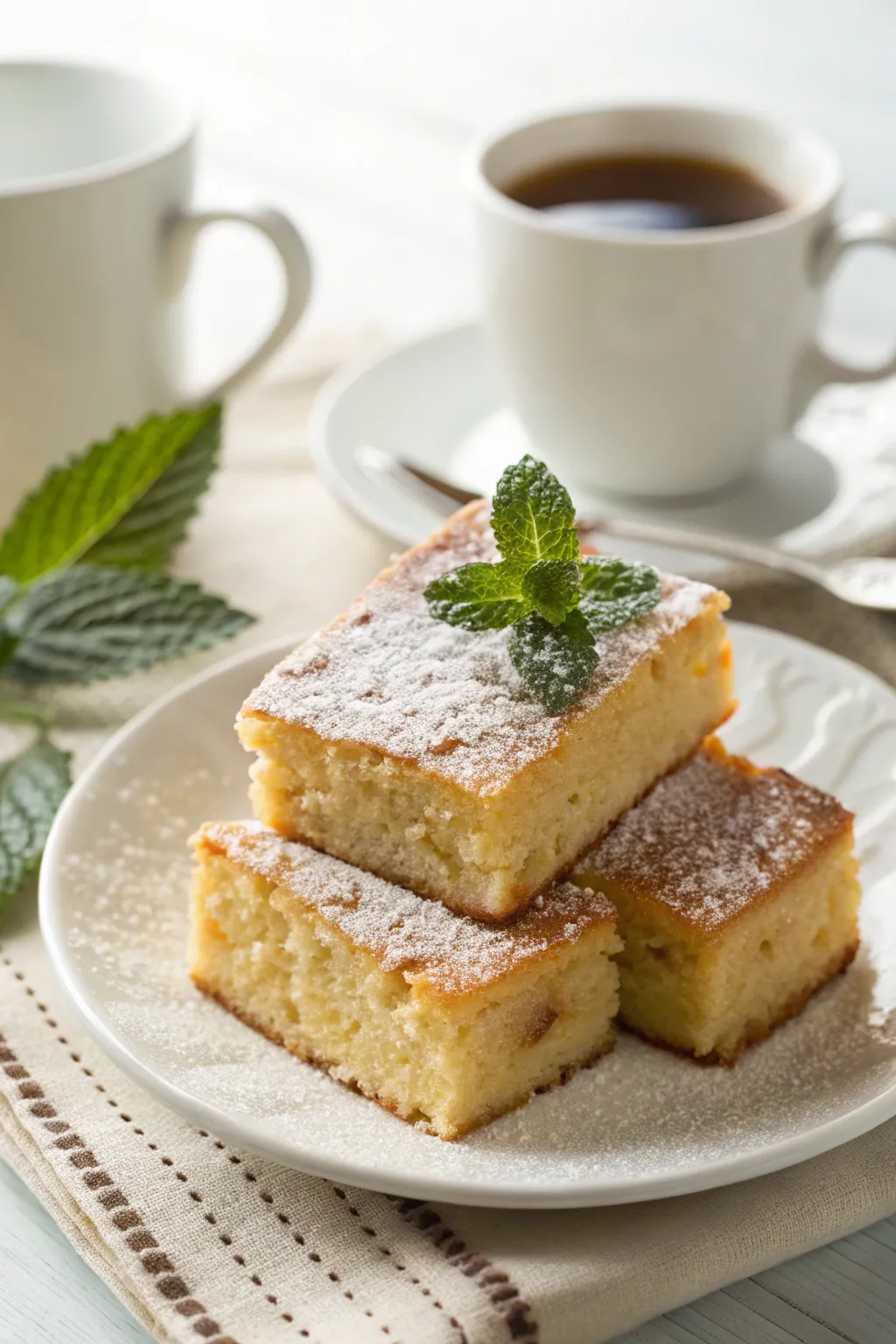
Tips and Variations
- Flavor Infusions
- I’ve experimented with adding a handful of chocolate chips, walnuts, or even shredded coconut to the batter. If you go that route, reduce sugar slightly since some add-ins already carry sweetness.
- A dash of nutmeg or cardamom can offer a unique spin.
- Swirl in Fruit Puree
- For a fruity feel, swirl in a few spoonfuls of apple or pear puree before baking. It pairs nicely with the tangy essence of sourdough.
- Serving Suggestions
- Top each piece with a drizzle of caramel or salted caramel if you want a sweet-salty combo.
- Serve alongside a cup of hot tea or coffee to complement the gentle tang.
- Adjusting Sweetness
- If you prefer a milder dessert, consider cutting the sugar to ⅓ cup. However, watch out: too little sugar can amplify the sour factor.
- I once tried halving the sugar content, and my friends told me it had an almost savory taste. They still loved it, but it was more like a bread than a dessert.
Troubleshooting and Common Mistakes
- Gummy Texture: This often happens if the batter is over-mixed or if you use an unripe starter. Try stirring less or feeding your starter well in advance. I learned this the hard way when I rushed the feeding process.
- Overly Sour: If the result tastes too tangy, it may be because the starter was left to ferment for long periods. Shorten that timeline or up the sugar slightly.
- Undercooked Middle: Check oven temperature accuracy. My small kitchen oven runs cooler, so I keep a thermometer inside to confirm that 350°F reading.
- Cracked Top: A few cracks are normal. If it bothers you, slightly reduce the baking temperature and extend the baking time.
Food Safety and Storage
According to guidelines found on USDA’s website concerning baked goods, cooked items are generally safe at room temperature for a day or two. For longer storage:
- Room Temperature: Keep slices in an airtight container for up to 2 days.
- Refrigerator: Store in a sealed container for up to 5 days. When you’re ready, heat them in the microwave for 10–15 seconds for that fresh-out-of-the-oven taste.
- Freezer: Wrap individual squares in parchment paper, place them in a freezer-safe bag, and freeze for up to 2 months. I do this if I plan to pack them for trips or simply want a sweet treat on hand.
Nutritional Info and Serving Size
Below is a rough estimate per serving (when cut into 8 squares). I’m not a health professional, so these figures are approximate:
- Calories: ~220
- Protein: ~4g
- Carbs: ~28g
- Fat: ~10g
- Fiber: ~1g
These might vary depending on added toppings or substitutions.
Frequently Asked Questions
How can I make this recipe more “healthy”?
You could try reducing sugar or swapping it for natural sweeteners like honey or maple syrup. Keep in mind that this adjustment may accentuate the sour flavor. Adding whole wheat flour is another option, but the dessert might turn denser.
Is it okay to use a starter that’s been in my fridge for a while?
Yes, but feed it once or twice before baking to revive its activity. That way, your sourdough dessert recipe has a better chance of rising properly.
Can I freeze my leftover sourdough dessert?
Absolutely. Wrap individual pieces in parchment paper, pop them into a freezer-safe container or bag, and store for up to 2 months. Thaw at room temperature or microwave for a quick warm-up.
Do I need to let the batter rest before baking?
Not necessarily. In my experience, the batter can go right into the oven without any waiting period. If your starter is nice and active, you’ll get enough rise during baking.
How do I make it gluten-free without losing flavor?
Look for a gluten-free baking blend designed for 1:1 substitution. You might see a slightly different texture, but the tangy bite remains. Also, taste-test your batter to adjust sweetness if needed.
Can I skip the baking soda?
I wouldn’t advise it. Baking soda helps neutralize some of the sourness and aids in leavening. If you omit it, the dessert might turn out flat.
What if I don’t have an oven?
You can attempt to bake it in a countertop toaster oven or an air fryer that has a bake setting. Keep an eye on the temperature and timing, as smaller appliances can run hotter or cooler than standard ovens.
Personal Take on Serving Sizes and Meal Planning
Whenever I have friends over, I double this sourdough dessert recipe in a 9×13-inch pan, especially if children are involved. Kids find the tangy sweetness intriguing, and the squares disappear quickly. If I have leftover squares, I’ll bring them to work the next day. My colleagues say the tangy aroma makes the break room feel extra inviting.
At home, I sometimes serve these dessert squares as a midday treat rather than a post-dinner dessert. Pair them with fresh fruit to add brightness. If I’m hosting a brunch, I’ll cut smaller squares to keep everything light. It’s fun to watch people’s expressions when they discover the recipe includes sourdough—something they associate mostly with bread.
Final Thoughts on My Sourdough Dessert Recipe
This sourdough dessert recipe has become my go-to whenever I want a sweet twist on traditional baking. It’s an excellent way to use extra starter, and the tangy-sweet profile keeps guests intrigued. Whether you’re a sourdough veteran or just starting out, I believe this dessert will refresh your perspective on what sourdough can do.
I’d love to hear how your experience goes. If you have a secret ingredient or a special twist, feel free to share. And if you’re looking for more fun recipes, you can always join me on my Facebook Page to swap tips and tales from the kitchen.


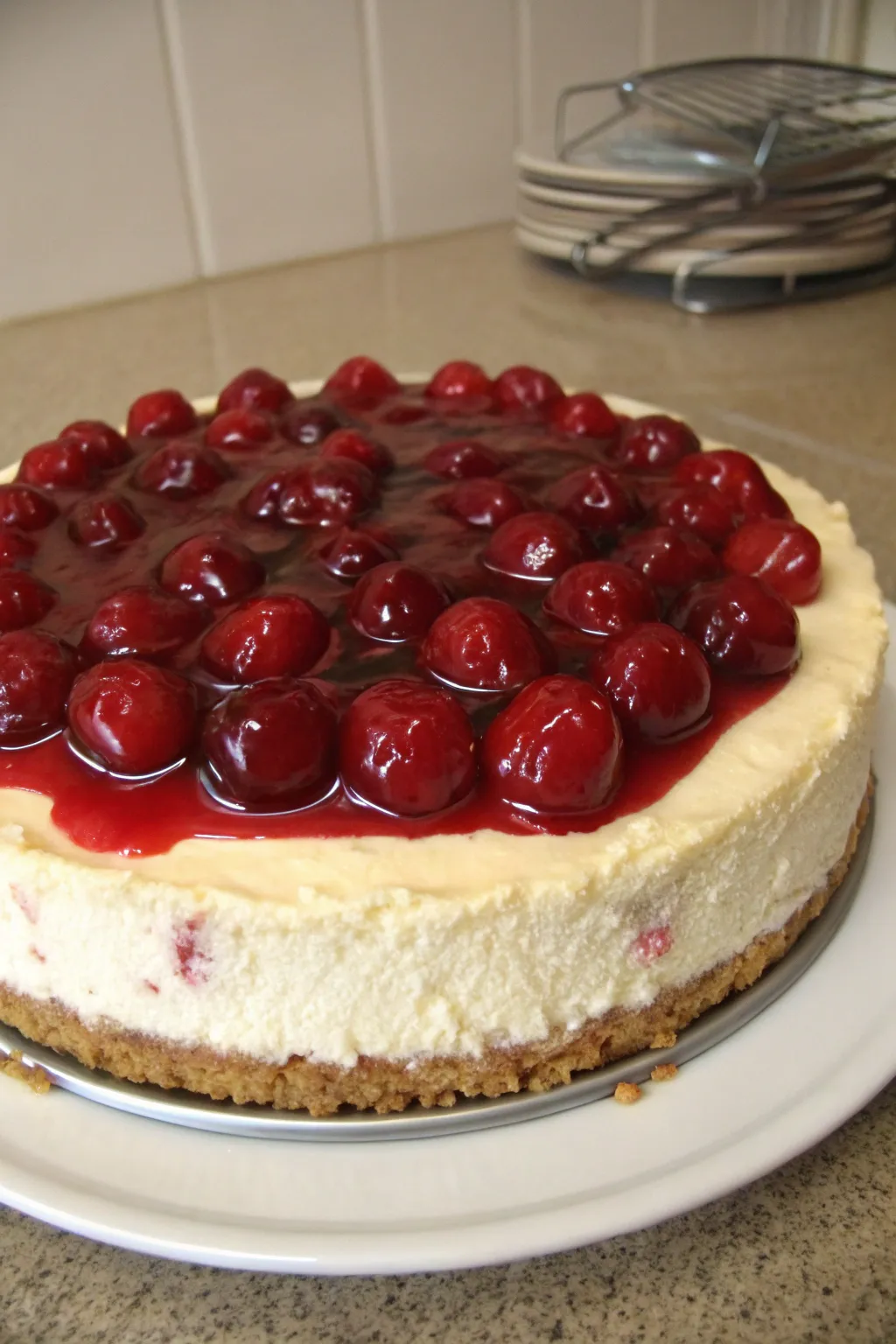

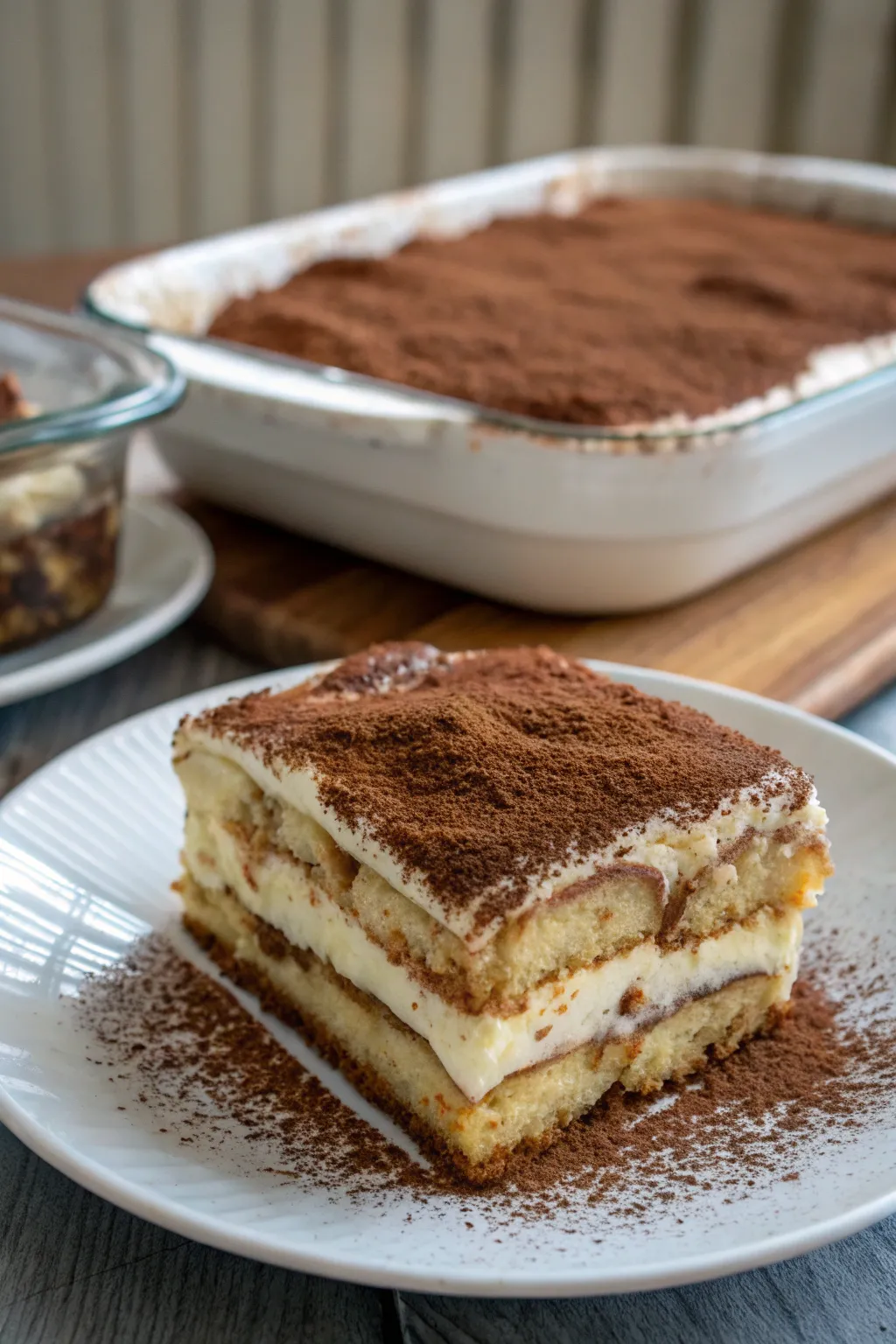
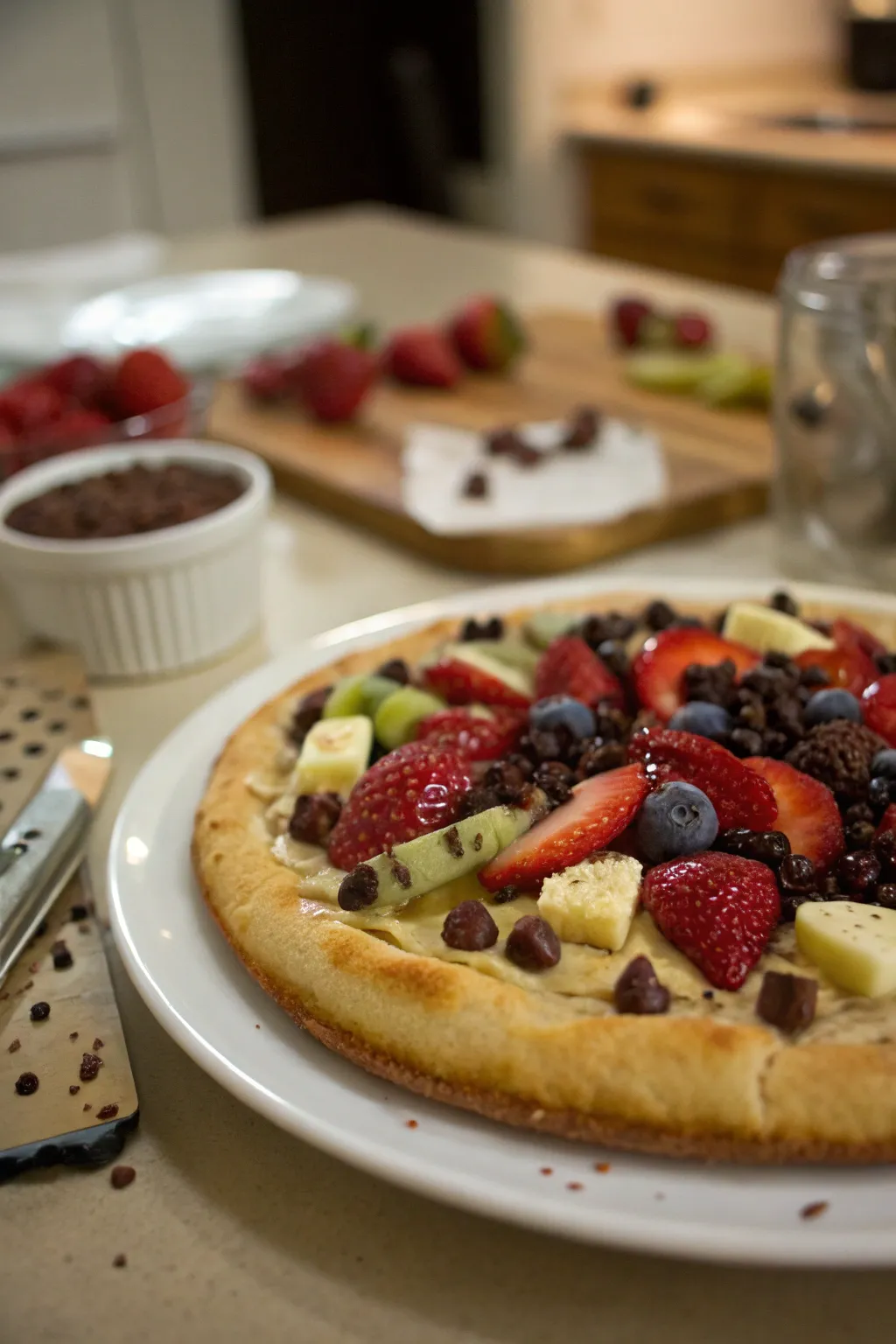
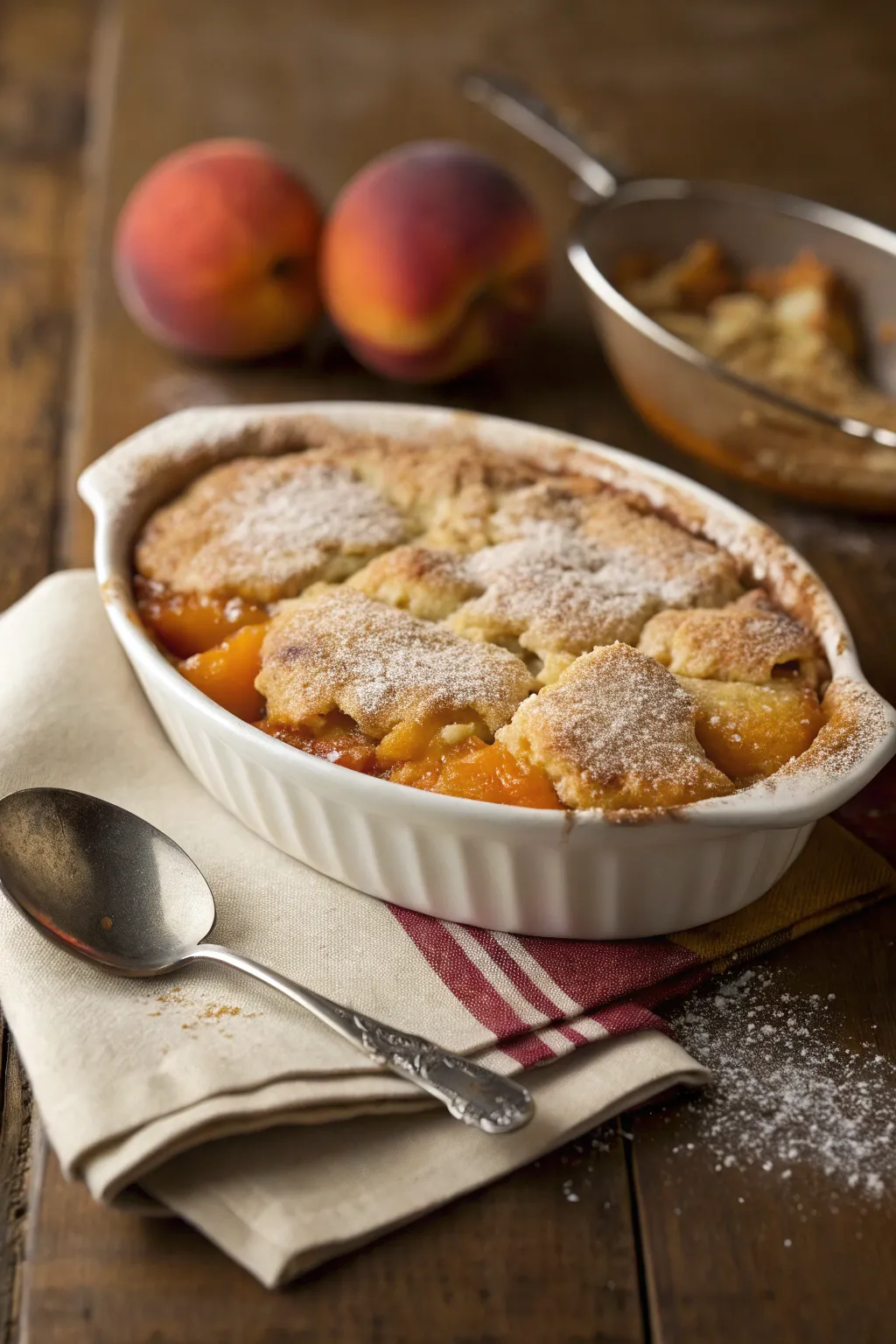
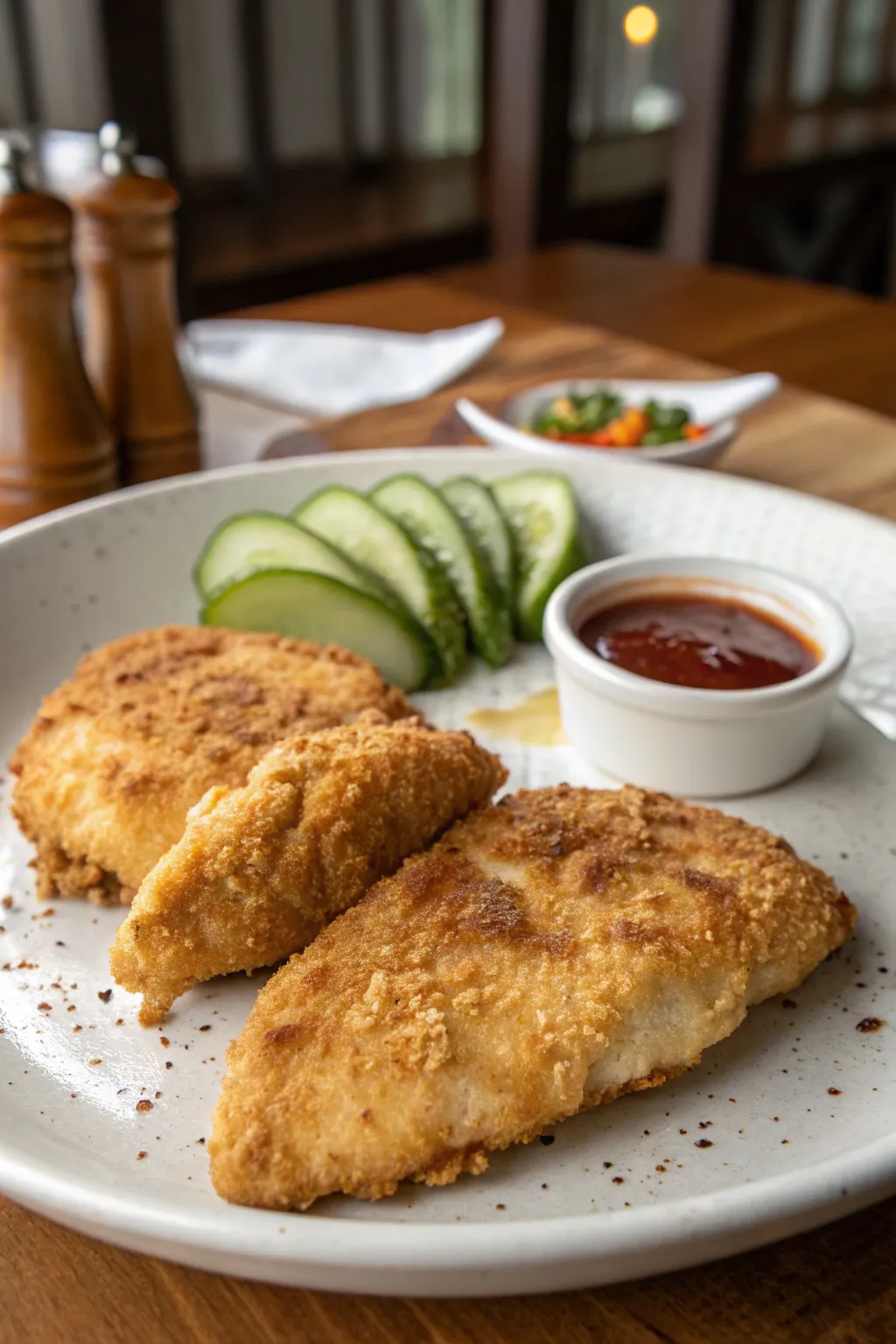


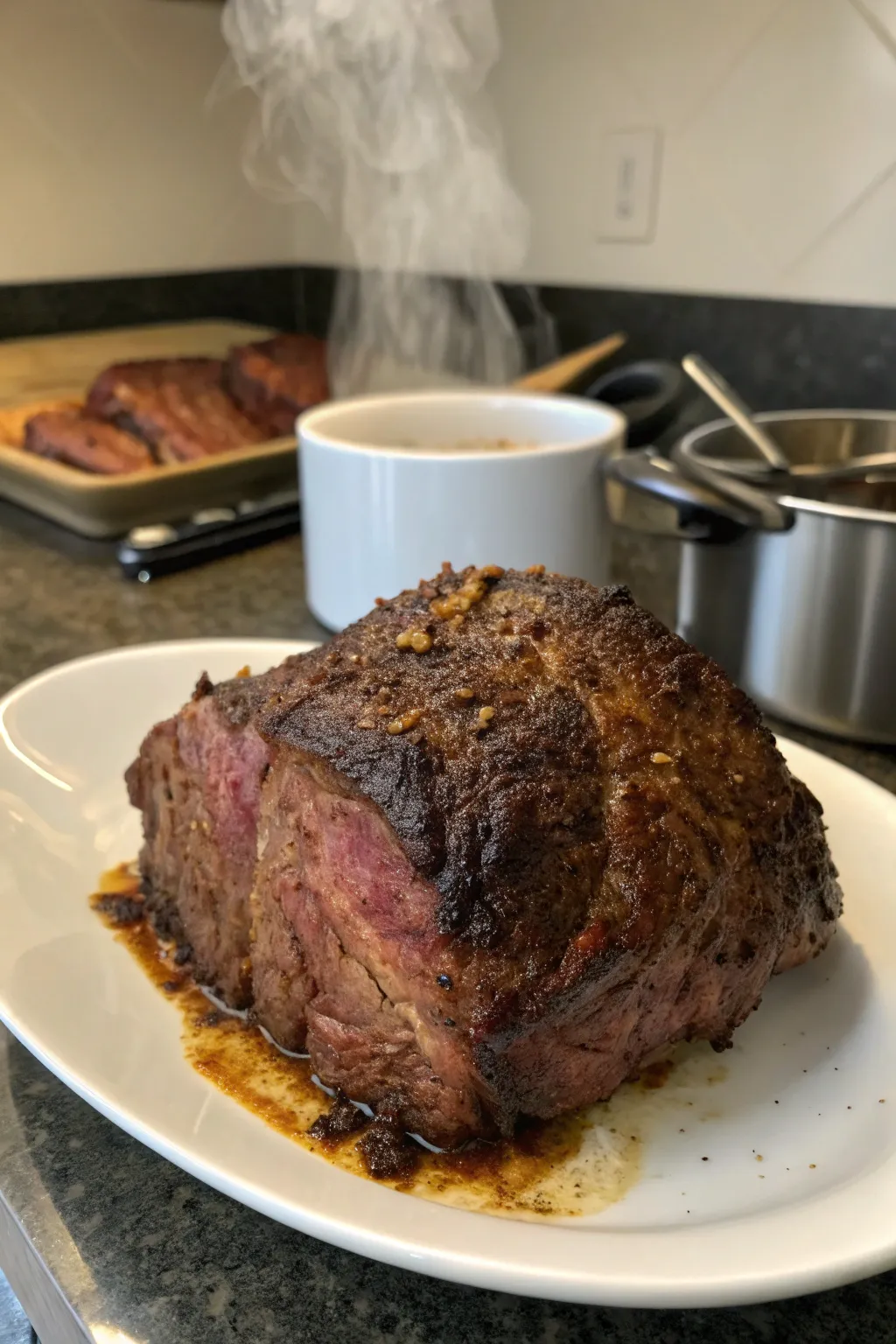
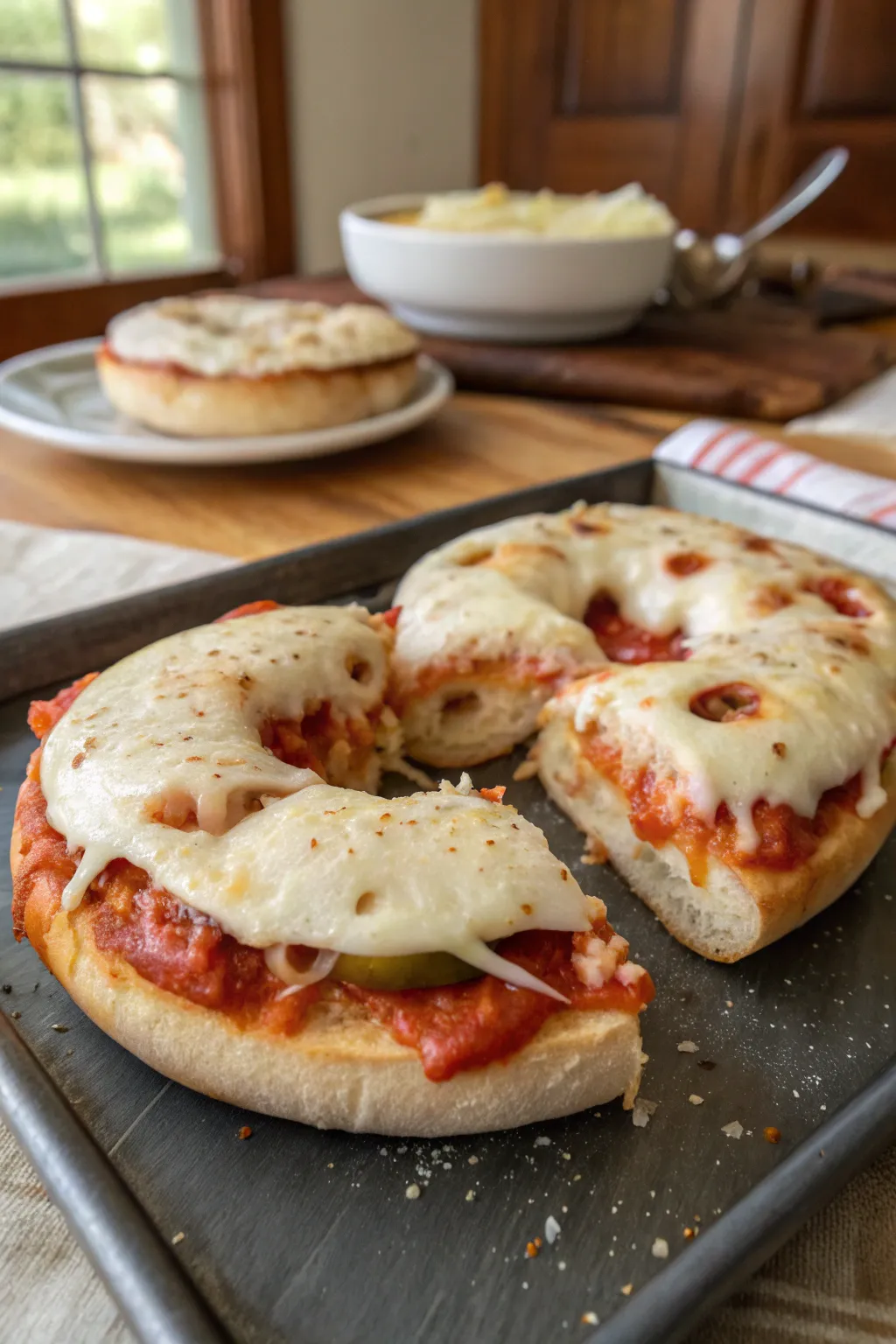





Leave a Comment